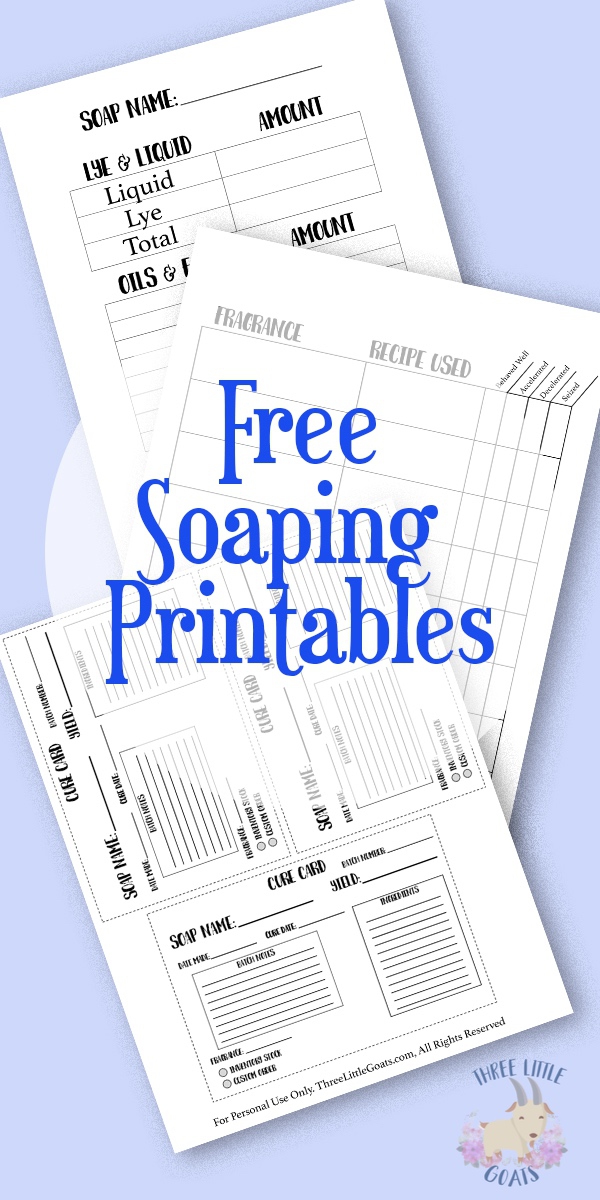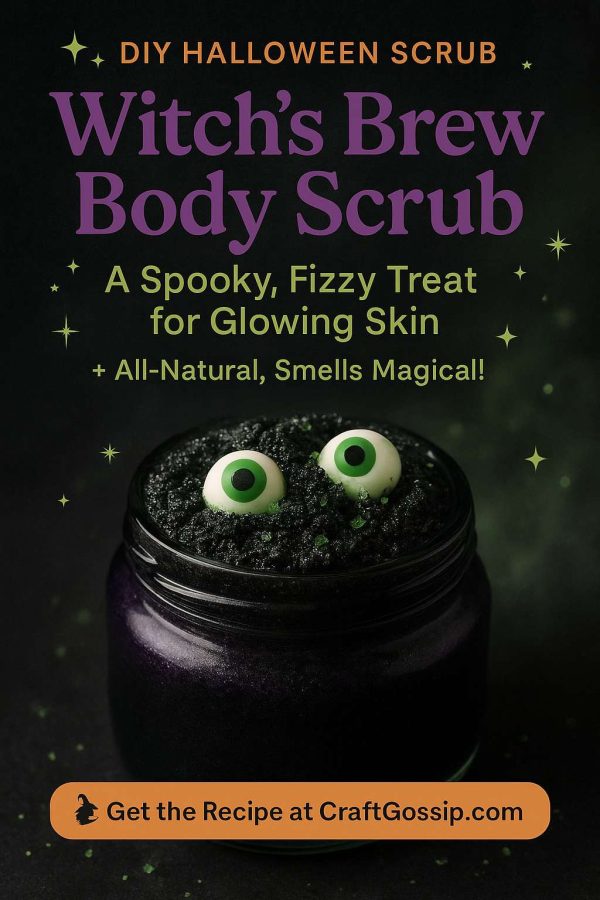
These free Lotion bars labels are free and even come with their own DIY lotion recipe. These lotion bar labels come in a couple of different color schemes too. Make sure you check out the free DIY lotion recipe when you are there.
Soap Making, Oils and Recipes

These free Lotion bars labels are free and even come with their own DIY lotion recipe. These lotion bar labels come in a couple of different color schemes too. Make sure you check out the free DIY lotion recipe when you are there.

When October hits and the pumpkins roll out, it’s the perfect time to stir up a little bubbling brew—for your skin! This Witch’s Brew Body Scrub is a fun, fizzy, exfoliating scrub made with natural ingredients and a hint of Halloween magic. It sloughs off dead skin, boosts circulation, and leaves you silky smooth, just in time for costume parties or cozy nights in.
Whether you’re prepping for a haunted house event or simply want a little pampering after handing out candy all night, this scrub is your go-to potion.
In the shower, scoop a tablespoon and gently massage into damp skin in circular motions. Avoid the face (due to charcoal), and rinse thoroughly. Follow with body butter or lotion for spellbinding softness.
Pair it with a “Batty Bath Bomb” or “Pumpkin Spice Lip Balm” in a little Halloween basket. Great for party favours, teacher gifts, or seasonal markets!
Leave a Reply